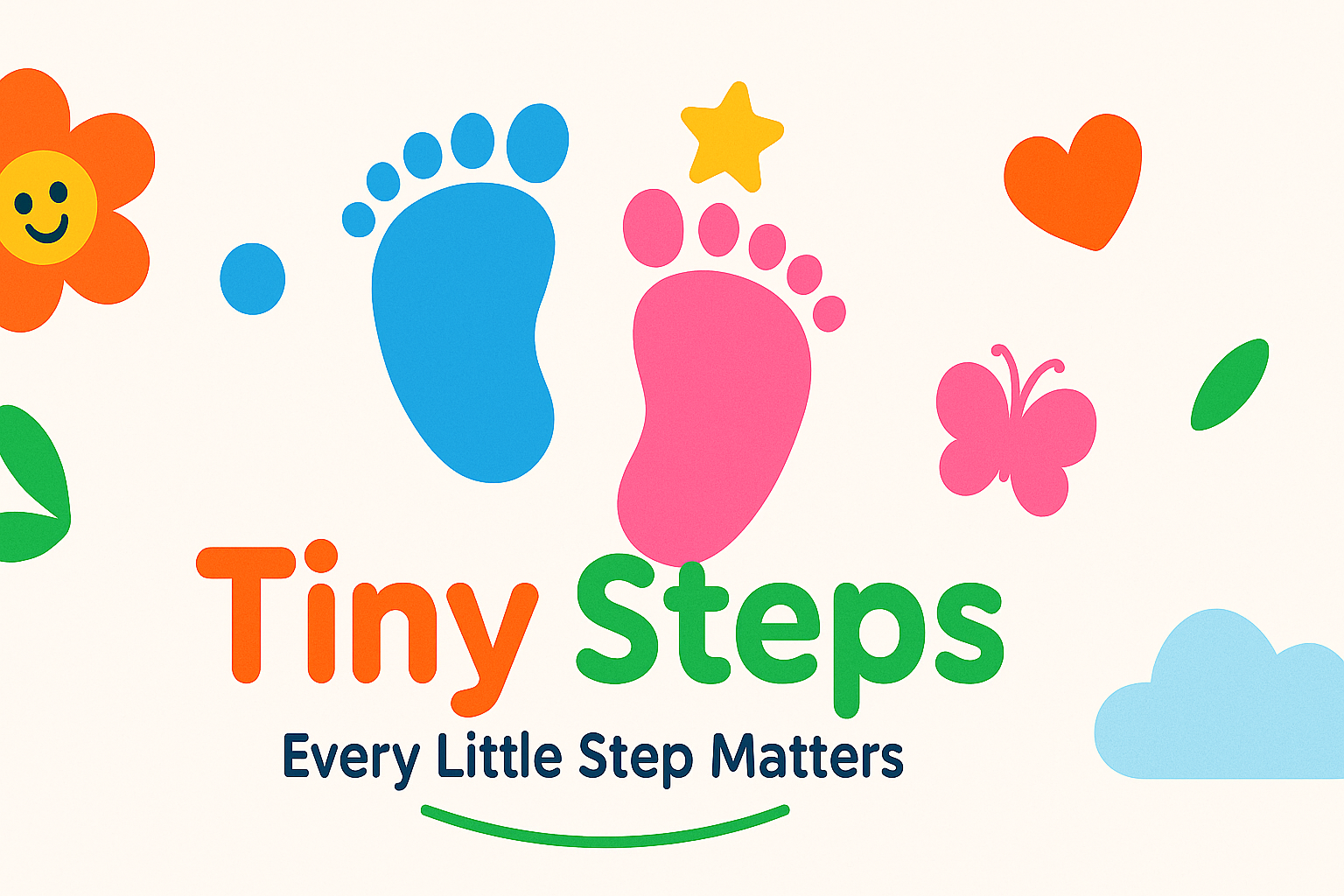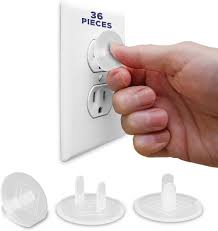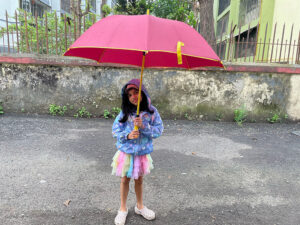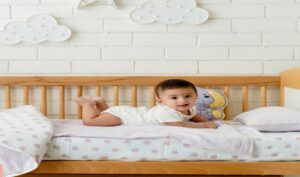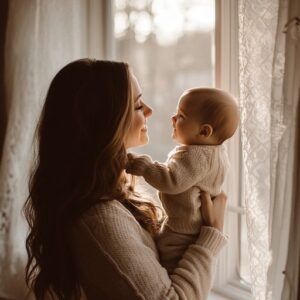Baby Safety Checklist – Protect Your Baby
Bringing home a newborn is a joyful milestone—but it also requires preparation. Baby-proofing your home is essential to ensure that your child’s environment is safe, secure, and hazard-free. Every room in the house presents unique safety challenges. Use this comprehensive checklist to protect your baby from potential dangers.
Contents
General Baby Safety Tips for Every Room
- Use child-resistant outlet covers.
- Install safety gates at staircases (top and bottom).
- Avoid baby walkers; opt for stationary activity centers.
- Store cleaning supplies and chemicals out of reach.
- Shorten all curtain and blind cords to avoid strangulation risks.
- Install working smoke detectors near bedrooms and change batteries annually.
- Keep small items (balloons, coins, buttons) away from infants.
- Use soft corner bumpers on sharp-edged furniture.
- Identify all houseplants in case of accidental ingestion.
- Ensure proper ventilation for heaters and fireplaces.
- Place protective screens around heaters and fireplaces.
- Store firearms and ammunition securely and separately.
- Secure heavy furniture to the wall to prevent tipping.
- If your home was built before 1978, test for lead paint and asbestos professionally.
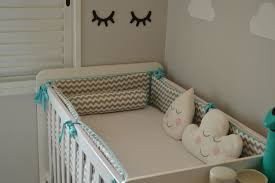
Baby Room and Nursery Safety
- Use cribs that meet current safety standards with no loose hardware.
- Ensure the mattress fits snugly with tightly-fitted crib sheets.
- Keep stuffed toys and heavy blankets out of the crib.
- Never leave your baby unattended on changing tables.
- Remove hanging toys or mobiles once your baby can sit or pull up.
- Always place infants under one year old on their backs to sleep on a firm, flat surface with no soft bedding.
- Keep night-lights at least three feet away from fabric and bedding to prevent fire hazards.
- Choose age-appropriate toys with no choking hazards.
- Use door stops and window guards to prevent accidents.
Bathroom Safety for Babies
- Install locks on medicine cabinets.
- Set your water heater to 120°F (49°C) to avoid burns.
- Always check water temperature before bathing your child.
- Never leave your child unattended in the tub or near water.
- Secure toilet lids with child locks.
- Use non-slip mats in bathtubs and showers.
- Install GFCI (ground-fault circuit interrupter) outlets in all bathrooms.

Kitchen Safety Tips
- Keep sharp tools, plastic bags, and cleaning supplies out of reach.
- Install knob covers if stove controls are within reach of children.
- Always use all safety straps when placing your baby in a high chair.
- Fix or replace frayed cords and appliance wires.
- Keep furniture away from countertops and stove areas.
- Move cleaning agents to higher cabinets or use childproof locks.
Yard & Outdoor Safety
- Lock away tools, chemicals, and lawn equipment.
- Avoid using lawnmowers while children are playing nearby.
- Keep children off treated lawns for at least 48 hours after pesticide or fertilizer application.
- Familiarize yourself with plants and trees in case of accidental ingestion.
- If you have a swimming pool, install a separate, childproof fence around it with a locking gate.
Every home is different, and so are each baby’s behaviors. Always monitor, reassess, and update safety measures as your child grows and becomes more mobile.
Written by: Sharanya
